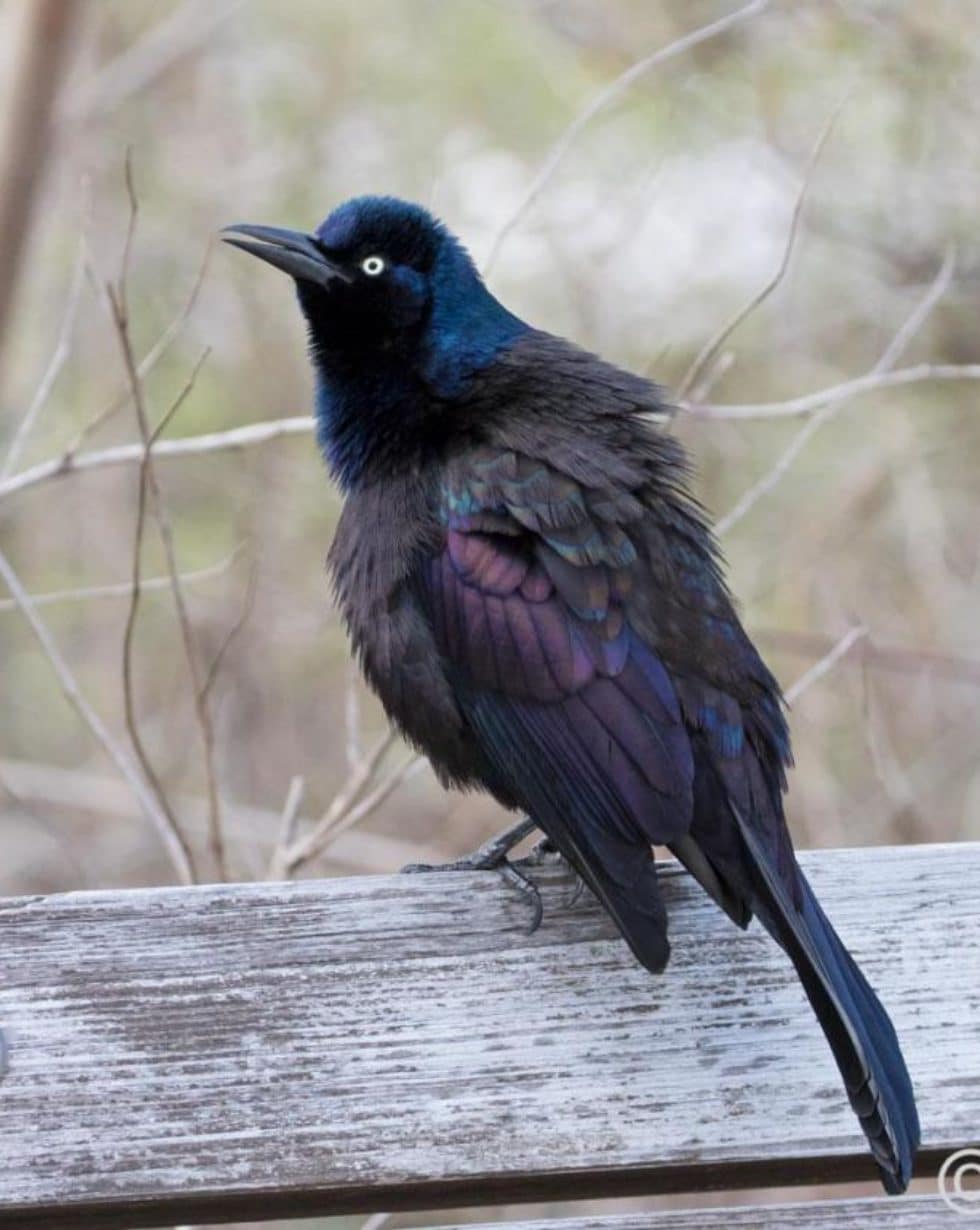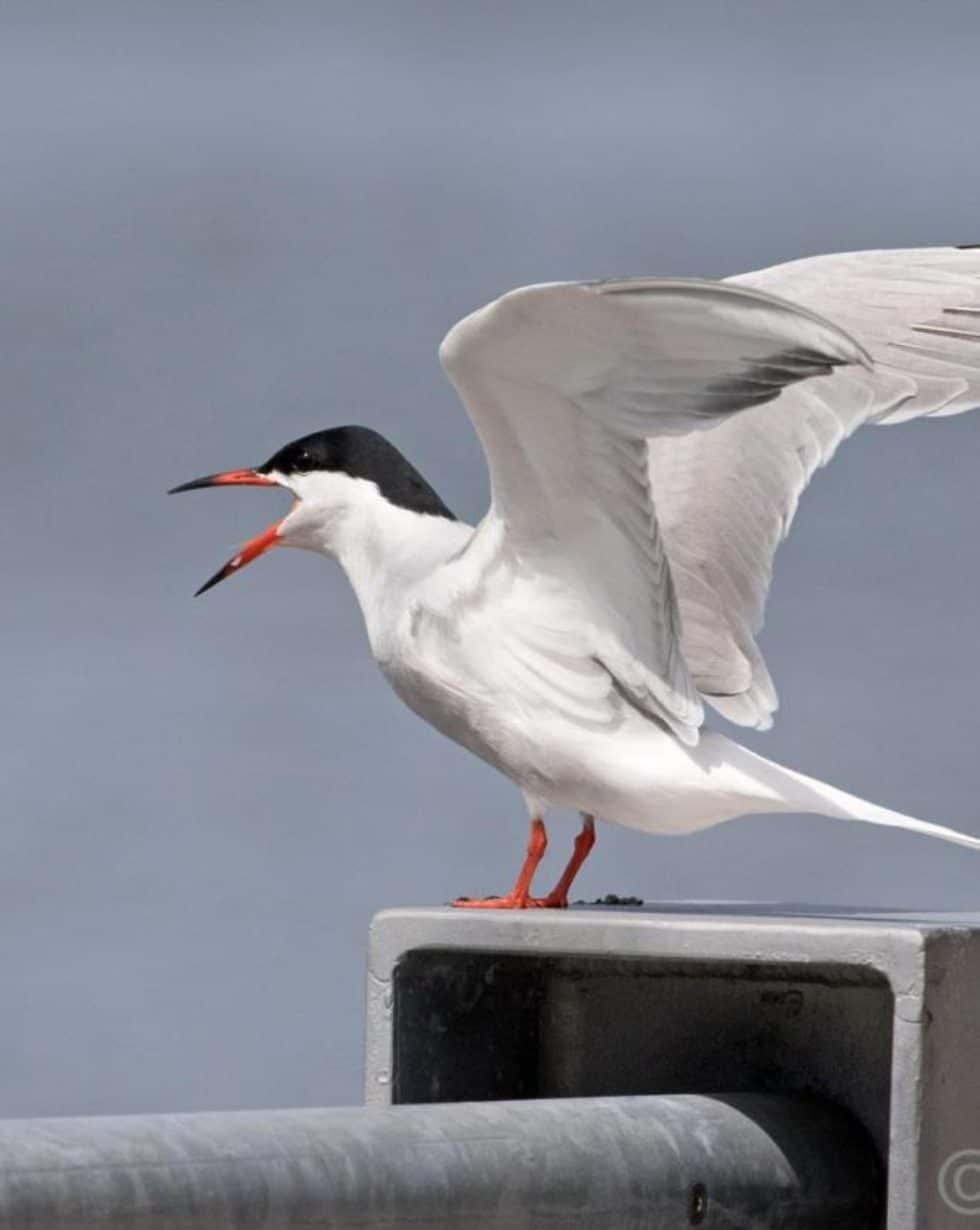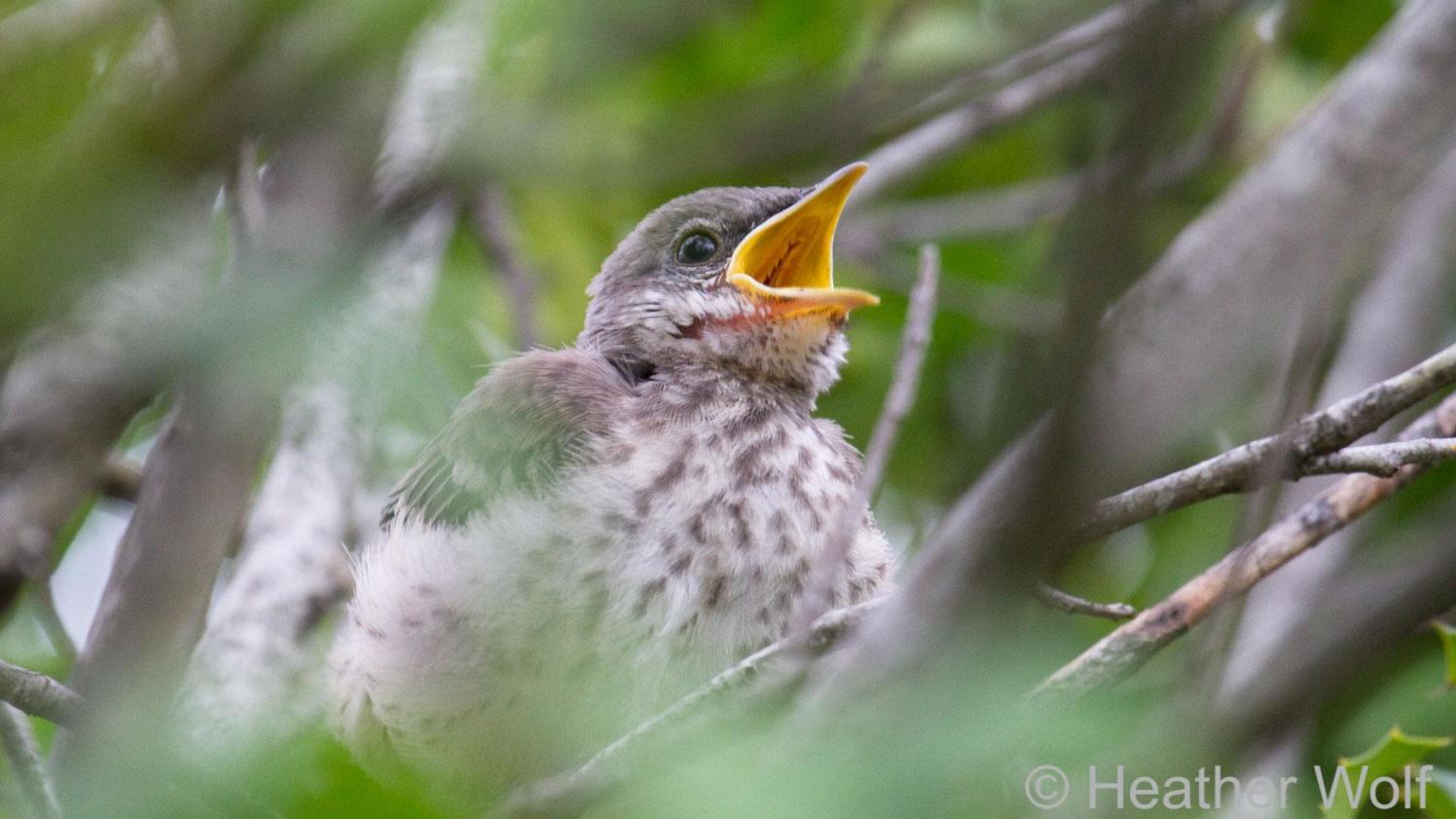Before we unpack our sweaters and taste our first apple cider, changing leaves announce fall’s arrival! Autumn’s arrival transforms the trees and shrubs in Brooklyn Bridge Park to spectacular shades of red, orange, purple and yellow. Which raises the question – why do leaves change color in the fall? Let’s break down the science behind this phenomenon.
In order to understand why leaves change color in the fall, it’s helpful to know some basics about tree pigments and photosynthesis. Inside a leaf lives a plant’s food factory which requires three essential elements for photosynthesis to occur: water, carbon dioxide and sunlight. As water is absorbed through the roots and carbon dioxide from the air, sunlight enters the leaf. Disk-like structures call chloroplasts use the light to change the carbon dioxide and water into breathable oxygen and a sugar called glucose. Inside the chloroplast is a chemical called chlorophyll. Chlorophyll absorbs sunlight, making it crucial for photosynthesis, and gives leaves their green pigment.
All summer long chlorophyll is working at hyper speed, producing a green pigment that masks the yellow and orange pigments underneath. As summer winds down, the nights become longer, the hours of sunlight shorter, and consequently, the weather becomes cooler. This is problematic for chlorophyll because it thrives on sunlight and warm temperatures. As a result, the leaves’ food factories begin to slow and the tree breaks down the chlorophyll, revealing carotenoids and xanthophylls, the pigments responsible for the bright yellow and burnt orange colors in leaves. Many folks may find it surprising that the yellows and oranges we admire in autumn foliage are always there, waiting to appear as the seasons change.
So what about the deep reds and bright purples we often see this time of year? Remember that during photosynthesis, leaves produce oxygen and a sugar called glucose. In some trees, anthocyanins (which produce red, purple, blue and pink pigments) react with excess glucose trapped after photosynthesis This reaction produces the vivid reds and purples in trees such as the Sassafras and Black Tupelo found on Pier 1.
Scientists have recently theorized that these darker colors act as a sunblock to protect the leaves from the mutations of the sun (much like our skin) while the tree pulls available nutrients out of the leaves they are about to drop. Notice how many trees have more purple and red leaves on the top and the outside of their canopy, with more yellow and orange leaves on the interior.
The autumn color display varies from year to year depending on weather, sunlight and soil moisture. The perfect conditions for colorful foliage are found in the Eastern United States as it is characterized by warm, rainy springs followed by cool, sunny autumns. Brooklyn Bridge Park is thrilled to be in the midst of this spectacular show and invites visitors to watch along with us!










